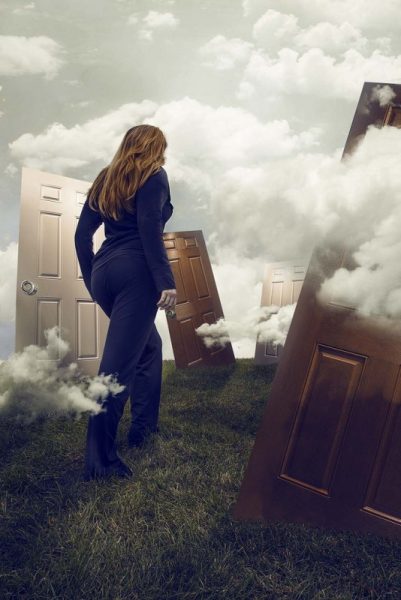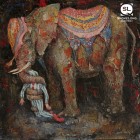This story begins with identifying a recurring abuse as a ritual, but there is also a ritual of escape. How do you see this connection as important in the larger narratives about trauma?
I wanted to establish early in the piece the idea of this abuse as ritualistic to rationalize the narrator’s response—his or her numbed, detached way of being. It would, of course, be a sin of presumption for me to suppose that the narrator’s experience of abuse is at all indicative of a collective experience. Instead, I wanted to highlight the fragmentation that such an event might cause through the interrupted thoughts of the narrator and the atypical narrative arc. The choice to write from a second-person perspective was more of an invitation to empathy than a presumption of collective experience.
Stories and histories are something the narrator returns to frequently: tracing the history of the house, the house as a single page in an otherwise empty book. Why create an incomplete history here?
Admittedly, I’m a Southerner (most prominently a Georgian, although I did a stint in Texas). All of my stories invariably end up as Southern tales. Informing these is Faulkner’s indelible wisdom about the past—that it’s inescapable, especially in a region stitched with such violence. The narrator’s lack of understanding about his or her familial history is a microcosm of the problem, and the problem (potentially) is that this ritual extends beyond the characters in my story and into a tradition of unknown depth.
In addition to this incomplete history, there is only one character with a name, the neighbor, Mr. Jim Dale. Can you talk about that decision to name the neighbor and no one else?
His naming has two rationales, a functional and a personal. Because Mr. Jim Dale is a central piece in the narrator’s escape mechanism, he seems to feel more weighted with reality than the other characters. That’s the functional reason. The personal reason is that he reminds me of some sweet old men who always offered something nice to me when I came around as a boy (they had typically Southern names). There’s a great line by Eleanor Farjeon that involves an elderly lady who does something comparably nice, sympathizing with a child and what it is like to be lacking the entire picture.
Landscape and place, too, occupy a central role in this story, from the house to the pool to the imagined space of the mountains. How are landscape and place important to you as a writer?
Atmosphere can make or break a story, and I think a lot of authors who wind up as perennial successes are often masters of mood. Settings, as we all know, steer the wheel with regard to atmosphere, but finding the perfect environmental details to create atmosphere without intruding upon it is tricky business. I’ve often admired Eudora Welty’s ability to project a precise picture in her readers’ minds with a detail or two.
One of the things you teach is film history, and this story is very visual in its descriptions. In what ways do you find film informing your writing?
With pieces that are more experimental than is typical of my writing, I tend to think of mise-en-scène as a helpful borrowing from film (i.e., focusing on the potential of images as a source of pathos instead of leaning on traditional storytelling devices). Honestly, that’s how the narrator escapes his or her predicament—through drawing on a visual memory bank. One of the great things about film is that it, like our own memory, lends to the image-based construction of our self-conception. We see ourselves, in part, as what we’ve seen.



 The core workshop of SmokeLong Fitness is all in writing, so you can take part from anywhere at anytime. We are excited about creating a supportive, consistent and structured environment for flash writers to work on their craft in a community. We are thrilled and proud to say that our workshop participants have won, placed, or been listed in every major flash competition. Community works.
The core workshop of SmokeLong Fitness is all in writing, so you can take part from anywhere at anytime. We are excited about creating a supportive, consistent and structured environment for flash writers to work on their craft in a community. We are thrilled and proud to say that our workshop participants have won, placed, or been listed in every major flash competition. Community works.